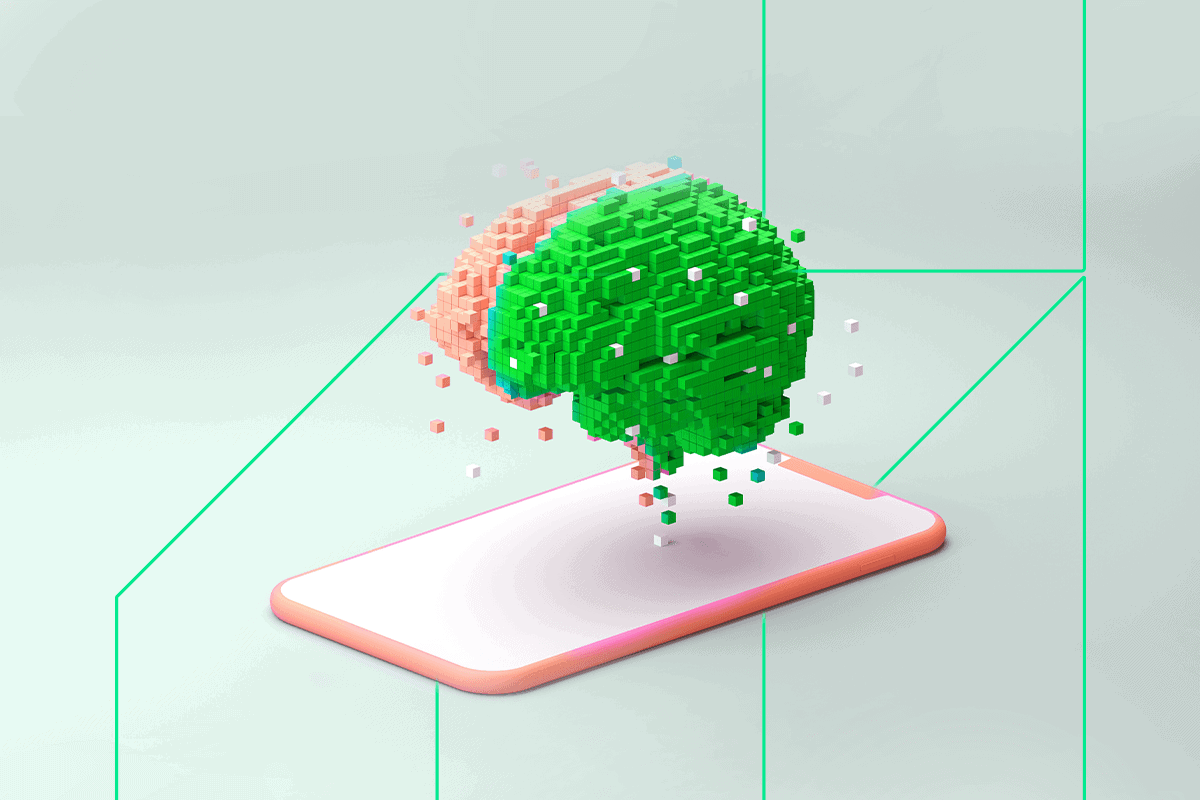Across the nation, large numbers of public school districts are adopting policies that place tablets and other cutting-edge technologies in the hands of students. The move toward educational technology, or “ed tech,” has come under fire from critics who believe it gives teachers an excuse to disengage. But the positive impacts of ed tech have led to tangible wins.
The importance of teacher involvement will never change, and it’s critical for teachers to use technology as a tool to expand what they can do in the classroom, rather than a crutch. When used correctly, ed tech opens students’ eyes to new frontiers and allows teachers to explore new levels of engagement and expose their classrooms to enhanced teaching tools more efficiently and with more significant impact.
To see how ed tech is improving the quality of our educational system, we researched five positive impacts of ed tech from real classrooms. Read on for a look at real-world wins from this new approach to education.
1. Making Learning Fun
Gamification is one of the hottest trends in both classroom and workplace technology. Looking at a generation that grew up with video games, it’s not hard to understand why.
Today’s youth enjoy video games as much as their parents did. However, with new in-classroom tools, teachers can stimulate development using platforms that turn problem-solving into a fun game.
Companies like Coursera are packaging curriculum content into a series of cohesive and progressive game-type challenges that reward students for their efforts with badges and a leveling system that parallels the role-playing games they enjoy at home.
The approach naturally lends itself to grading and helps students follow the relationship between performance and good grades. When they can see the source of every point their instructor evaluates, they can forecast what grade they’ll receive, and in some cases, even how they’ll perform relative to their peers, driving friendly competition.
2. Customized Content With Machine Learning
Taking the interactive activities a step further, the rapid development of machine learning is allowing education programs to deliver content tailored to a given student’s performance that targets their knowledge gaps.
By observing what parts of an assignment students do well on and what trips them up, machine learning technology can re-evaluate the instructional content a learning module delivers and stress areas where students are not performing.
3. Keeping Students on Task
Every teacher knows the struggle of keeping their classroom from getting distracted. While some critics see tools like tablets as potential distractions, ed tech makes a concerted effort to reduce distractions.
For example, teachers can manage exactly what content a student sees on their tablet and lock the tablet remotely, so kids aren’t spending free time watching videos or surfing the web.
There are even applications specifically for children with attention deficit disorder that provide reminders to stay on task and mix up content according to a schedule to keep students from getting bored.
4. Empowering Educators
Teachers invest a great deal of time and effort into lesson planning. With the advent of better technology, this process moves more quickly. As more and more students gain access to tablets, laptops and other multimedia platforms, an entire industry of learning management software is springing up.
Educational institutions can subscribe to content from vendors and offer educators a vast library of content they can then select from and customize to meet the needs of their students. Supporting teachers is definitely one of the best positive impacts of ed tech.
5. Communication to Parents and Students Improves
Online portals are available 24/7 to help parents and students discuss assignments, track progress, interact with peers and access learning resources. Through tools like Blackboard, Moodle and Google Classroom, the bottleneck of information that used to occur when students left the classroom is no longer a problem. Students can use the skills they learn on social media to communicate via message boards, review their work and do extracurricular projects.
Technology is not the enemy of learning. We should be encouraging good use of technology in the classrooms. It’s one more tenet of creating effective learning environments for children. Can you imagine going back to a world without engaging apps that teach people new skills, where students learn everything by rote, and pen and paper are the only tools allowed in a classroom?
The use of technology isn’t new. Just as the video medium was introduced to classrooms in the 1980s and computers in the ’90s, now the internet is becoming a part of our learning experience. It’s not the only part, but it is a positive addition.
We should be proud of that and continue looking for ways to use it in improving the lives of students and teachers alike.
Recent Stories
Follow Us On
Get the latest tech stories and news in seconds!
Sign up for our newsletter below to receive updates about technology trends




